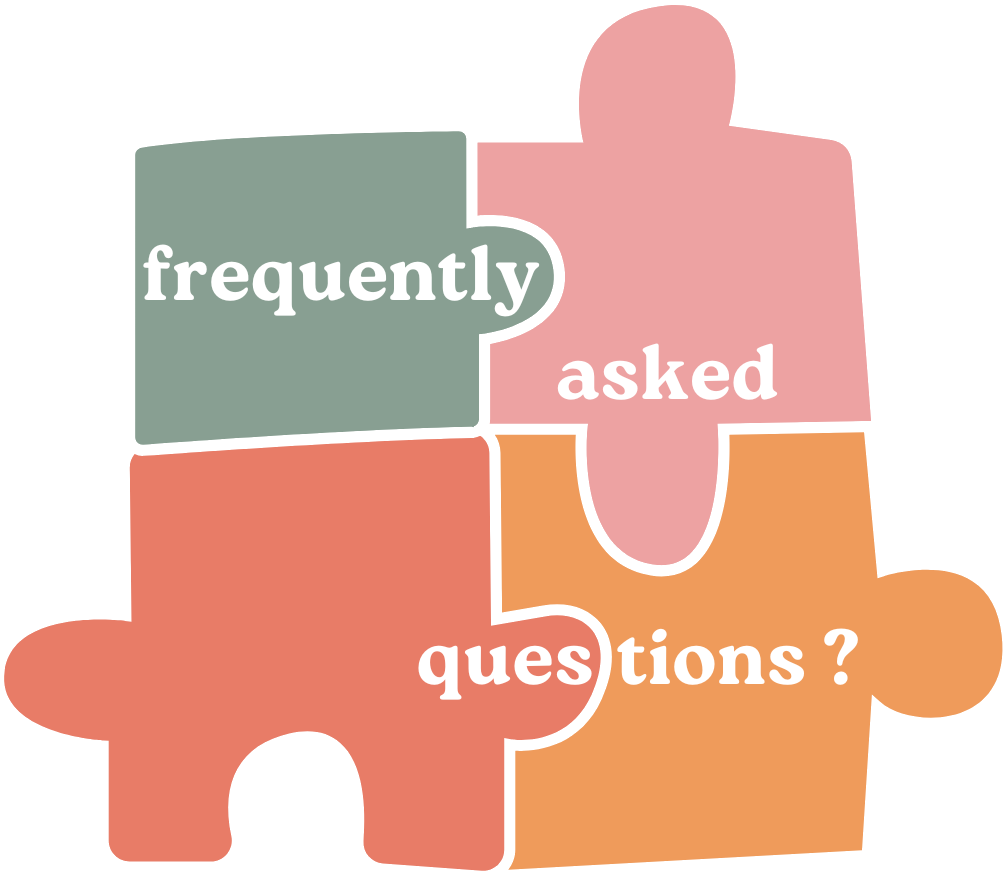Helping you to heal muscles and strengthen movement using the power of Water
At Heartland Therapies, We provide personalized aquatic therapy that uses the natural properties of water — buoyancy, resistance, and warmth — to support healing, movement, and overall well-being.
We are a team of qualified aquatic therapists using a temperature-controlled pool designed for therapeutic use, ensuring comfort and safety at all times and also beneficial for those who experience pain, stiffness, or anxiety with traditional therapy.

Aquatic Therapy for Children
For children, aquatic therapy provides a fun, motivating, and sensory-rich experience that promotes development through play.
Therapy may focus on:
Improving balance, coordination, and body awareness
Building strength and endurance
Supporting sensory processing and self-regulation
Encouraging social interaction and confidence
It’s especially beneficial for children with:
Autism spectrum disorder (ASD)
Cerebral palsy
Down syndrome
Developmental delays
Sensory processing challenges
Therapy Tools & Techniques
Each session is led by a trained therapist and tailored to your needs.
A typical session may include:
Gentle warm-up and stretching in water
Balance and strength exercises using flotation equipment
Movement practice to improve coordination and endurance
Relaxation and cool-down activities
Book a Session
The advantage of early intervention is the ability for issues to be worked on while the brain is the most receptive, which means it cuts down therapy time.
Getting started is easy!
Schedule an initial consultation.
Receive a personalized therapy plan.
Begin your journey toward better life

1. What is aquatic therapy?
Aquatic therapy, also known as hydrotherapy, is a form of physical and rehabilitation therapy performed in a warm-water pool.
It uses the water’s buoyancy, resistance, and warmth to support movement, reduce pain, and improve strength, balance, and flexibility.
2. Who can benefit from aquatic therapy?
Aquatic therapy is suitable for children. It’s especially helpful for individuals with:
Sports injuries or post-surgical recovery
Cerebral palsy, Down syndrome, or autism
Chronic pain or mobility challenges
It’s also great for those who find land-based therapy too painful or difficult.
3. Do I need to know how to swim?
No — you don’t need to know how to swim to participate.
Sessions are conducted in shallow, safe, and supervised pools, and therapists are trained to ensure your comfort and safety throughout the session.
4. What happens during a typical aquatic therapy session?
Each session is personalized to your goals and abilities. It may include:
Gentle stretching and warm-up movements
Balance and strength exercises
Functional activities (like walking or reaching) in the water
Relaxation or cool-down routines
The therapist will guide and assist you through each activity, ensuring proper support and technique.
5. What should I wear for aquatic therapy?
We recommend wearing comfortable swimwear or athletic wear designed for water (like a swimsuit or rash guard).
Bring a towel, flip-flops, and a change of clothes for after your session.
If needed, special water shoes or flotation devices will be provided.
6. How warm is the therapy pool?
Therapy pools are typically maintained at a comfortable 32–35°C (90–95°F).
The warmth helps relax muscles, improve circulation, and reduce stiffness or pain.
7. Is aquatic therapy safe?
Yes! Aquatic therapy is very safe when performed under professional supervision.
Our therapists are trained in aquatic safety and exercise techniques.
The pool is shallow, clean, and equipped with safety rails and ramps for easy access.
8. How long is each session?
Most sessions last between 30 to 60 minutes, depending on the client’s age, goals, and stamina.
The frequency of sessions will be determined after your initial assessment.
9. Do you offer aquatic therapy for children?
Yes! Aquatic therapy is especially beneficial for children with developmental, sensory, or motor challenges.
It’s a fun and motivating way to build strength, coordination, and confidence in a calming, play-based environment.
10. Can aquatic therapy be combined with other therapies?
Absolutely. Aquatic therapy often complements occupational therapy, physical therapy, and speech therapy.
It can enhance results by improving overall strength, flexibility, and sensory regulation.
11. What are the benefits of aquatic therapy compared to land therapy?
Water provides a low-impact, supportive environment, allowing movement that may be painful or impossible on land.
It helps:
Reduce pain and swelling
Improve flexibility and balance
Increase endurance and coordination
Promote relaxation and emotional well-being
12. How soon will I see results?
Many clients notice improvement within just a few sessions — such as reduced pain, increased mobility, and better confidence in movement.
Progress depends on the individual’s condition, goals, and consistency.
13. Are there any conditions that prevent participation?
In some cases, aquatic therapy may not be recommended if a person has:
Open wounds or infections
Uncontrolled seizures
Certain heart or respiratory conditions
Your therapist will perform a health screening to ensure aquatic therapy is safe for you.

